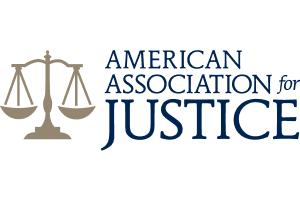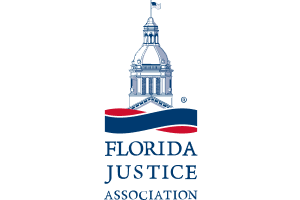Arizona Passenger Sues Norwegian Cruise Line Over Trip-and-Fall on Pride of America
Case: Thomas Nino v. NCL (Bahamas) Ltd. (Case No. 1:25-cv-21079)
An Arizona resident has filed a lawsuit against Norwegian Cruise Line (NCL), alleging that he suffered severe injuries after tripping over an unmarked and protruding threshold while using his walker aboard the Pride of America. The lawsuit highlights concerns about hazardous walkways, accessibility issues for mobility-impaired passengers, and NCL’s failure to maintain safe walking surfaces.
Background of the Arizona Passenger Case against NCL
On March 17, 2024, at approximately 2:00 a.m., Thomas Nino, a fare-paying passenger aboard the Pride of America, was being assisted by his wife while using a walker in one of the ship’s hallways. According to the lawsuit, Nino’s walker abruptly hit a raised and unreasonably protruding threshold, causing it to roll away from him and leading to a dangerous fall. As a result, he suffered serious injuries, including severe pain and loss of mobility.
The lawsuit contends that the design of the threshold was defective, unreasonably hazardous, and violated safety standards, including OSHA regulations and Americans with Disabilities Act (ADA) guidelines, which require walkways to be free of obstructions that could pose a risk to individuals with mobility impairments.
Key Allegations Against Norwegian Cruise Line
Nino’s lawsuit alleges that NCL was negligent in the following ways:
- Failure to Maintain Safe Walkways
- The threshold was unreasonably protruding, creating a serious trip hazard for passengers using walkers or wheelchairs.
- NCL failed to perform regular inspections to ensure the walkway was free of obstructions.
- Failure to Warn Passengers of the Hazard
- No warning signs, caution markers, or alternative pathways were provided to alert passengers about the threshold.
- The lawsuit states that NCL should have warned mobility-impaired passengers about this risk.
- Negligent Design and Installation of the Walkway
- The protruding threshold did not comply with standard safety regulations.
- NCL participated in or approved the installation of the threshold, making it liable for the hazard.
- Failure to Address Prior Similar Incidents
- The complaint cites previous cases involving passengers tripping over similar hazards aboard NCL vessels, demonstrating that NCL knew or should have known about the risk but failed to take corrective action.
Cruise Lawyer’s Perspective on NCL Injury Case
This case raises important legal questions about Norwegian Cruise Line’s responsibility for ensuring accessibility and safety aboard its vessels:
- Should cruise lines be required to conduct routine inspections to remove trip hazards?
- Does NCL’s failure to implement ADA-compliant walkway designs constitute negligence?
- Should cruise lines provide designated accessible pathways to accommodate passengers using mobility aids?
- What liability does NCL have for failing to warn passengers of known hazards?
What’s Next in the case against NCL?
The case will likely focus on:
- Whether NCL had prior knowledge of the threshold’s hazard and failed to act.
- If NCL’s failure to warn passengers directly contributed to Nino’s injuries.
- Whether the walkway design met industry safety standards and accessibility regulations.
- Will NCL argue that Nino should have been more cautious, or will this case expose broader safety failures aboard Pride of America?











